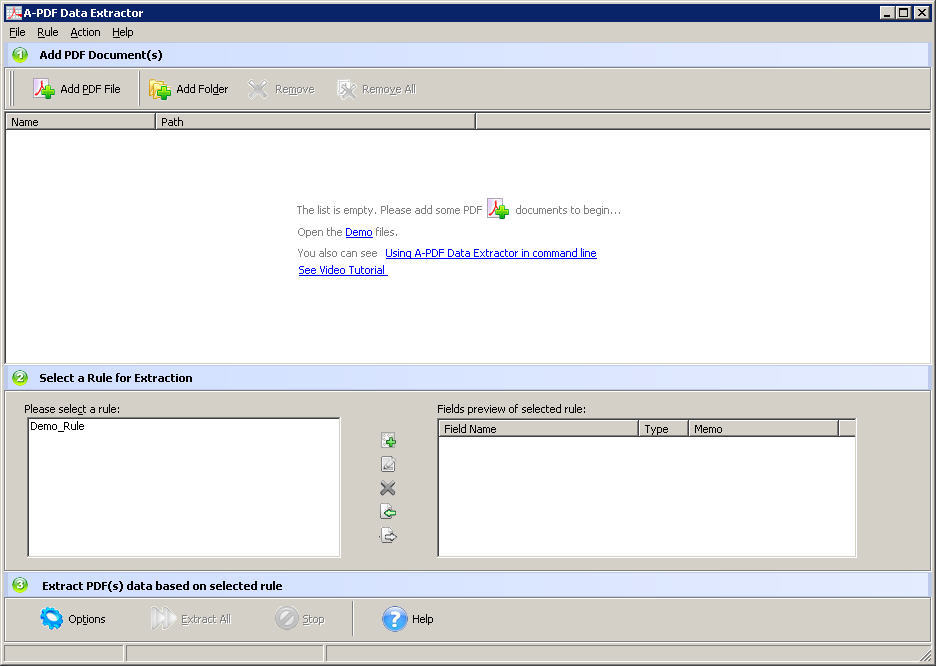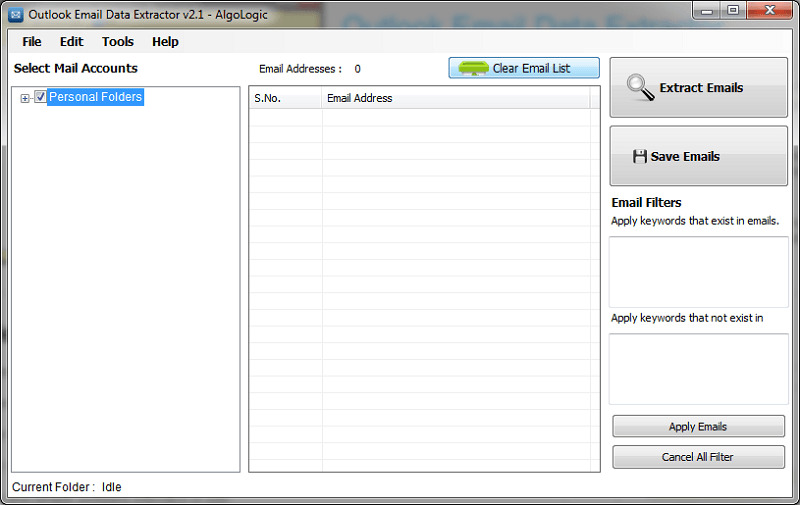

Navigating back-and-forth between segments in webpages is well-known to be an arduous endeavor for blind screen-reader users, due to the serial nature of content navigation coupled with the inconsistent usage of accessibility enhancing features such as WAI-ARIA landmarks and skip navigation links by web developers. Our results show that our approach is robust to various types of format changes that routinely happen in real-world settings. We have implemented our landmark-based extraction approach in a tool LRSyn, and show extensive evaluation on documents in HTML as well as scanned images of invoices and receipts.

Inspired by this human intuition, we use the notion of landmarks in program synthesis to automatically synthesize extraction programs that first extract a small region of interest, and then automatically extract the desired value from the region in a subsequent step.
#WEB DATA EXTRACTOR 8.1 MANUAL#
Humans routinely use landmarks in manual processing of documents to zoom in and focus their attention on small regions of interest in the document. We propose a new approach to data extraction based on the concepts of landmarks and regions. Such approaches are not robust to format changes in the document, and the extraction process typically fails even if changes are made to parts of the document that are unrelated to the desired fields of interest. Traditional approaches to data extraction use machine learning or program synthesis to process the whole document to extract the desired fields. Examples of such problems include extracting passenger name, departure time and departure airport from a travel itinerary, or extracting price of an item from a purchase receipt. We propose a new approach to extracting data items or field values from semi-structured documents. We establish strong baseline performance on PLAtE with a SOTA model achieving an F1-score of 0.750 for attribute classification and 0.915 for segmentation, indicating opportunities for future research innovations in web extraction. Quantitative and qualitative analyses are performed to demonstrate PLAtE has high-quality annotations. We construct PLAtE by collecting list pages from Common Crawl, then annotating them on Mechanical Turk. PLAtE is composed of 53, 905 items from 6, 810 pages, making it the first large-scale list page web extraction dataset.

PLAtE encompasses both the tasks of: (1) finding product-list segmentation boundaries and (2) extracting attributes for each product. PLAtE focuses on shopping data, specifically extractions from product review pages with multiple items. In this work, we introduce the PLAtE (Pages of Lists Attribute Extraction) dataset as a challenging new web extraction task. However, a barrier for continued progress is the small number of datasets large enough to train these models. Recently, neural models have been leveraged to significantly improve the performance of information extraction from semi-structured websites. We empirically compare the proposed model with existing decoupled approaches for product information extraction, and the results show significant improvements in both record detection and attribute labeling. It can efficiently integrate all useful features by learning their importance, and it can also incorporate hierarchical interactions which are very important for Web data extraction. The proposed model is called Hierarchical Conditional Random Fields. In our approach, record detection can benefit from the availability of semantics required in attribute labeling and, at the same time, the accuracy of attribute labeling can be improved when data records are labeled in a collective manner. In this paper, we show that separately extracting data records and attributes is highly ineffective and propose a probabilistic model to perform these two tasks simultaneously.

However, existing approaches use decoupled strategies - attempting to do data record detection and attribute labeling in two separate phases. Recent work has shown the feasibility and promise of template- independent Web data extraction.


 0 kommentar(er)
0 kommentar(er)
